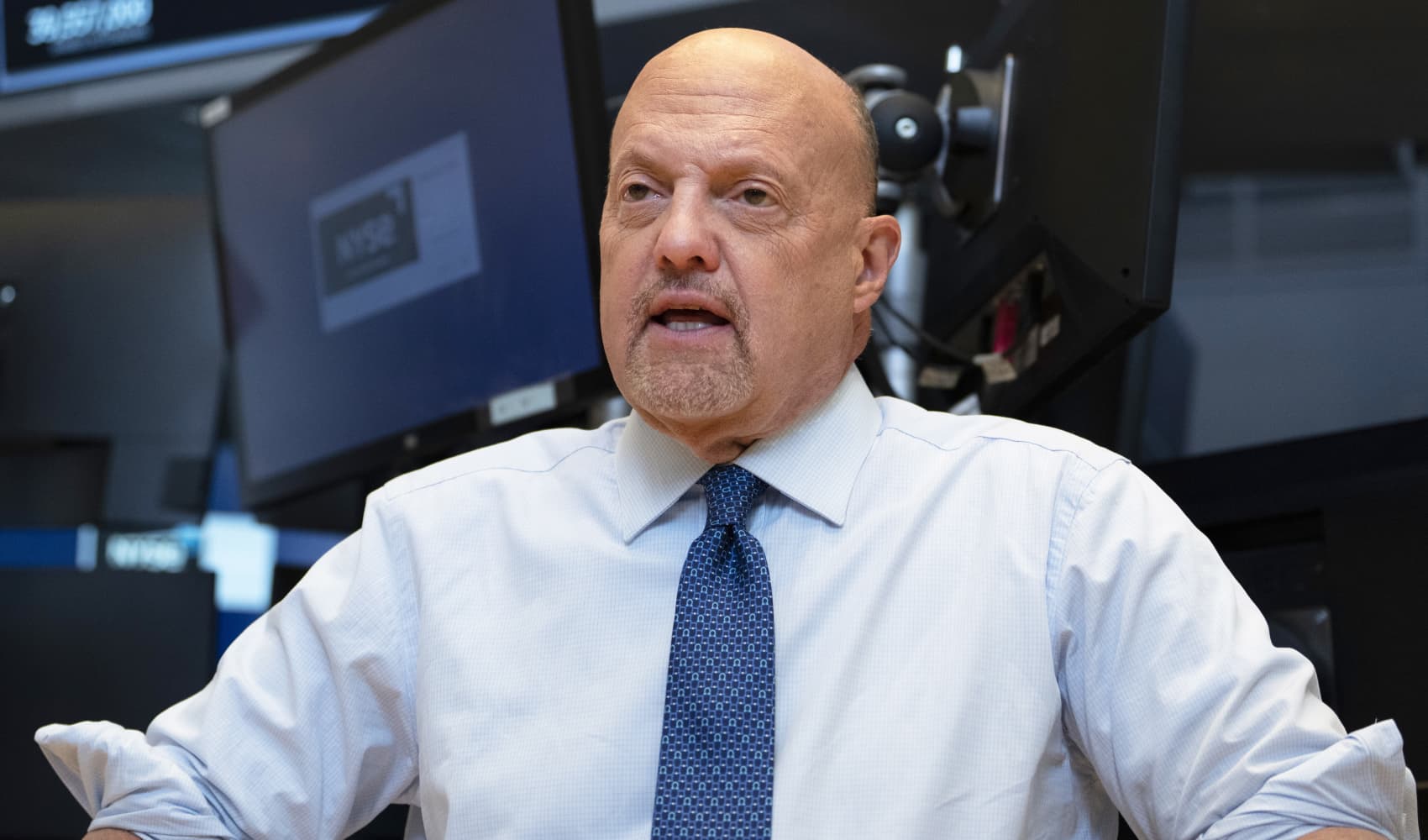
- Amid declining enrollment due to Covid, this year's increases in tuition and fees were very low by historic standards, according to a report.
- When adjusting for inflation, college costs effectively declined at community colleges and public and private four-year schools.
College gets more and more expensive every year.
And yet, amid continued falling enrollment due to Covid, this year's increases in tuition and fees are very low by historic standards, according to a report by the College Board, which tracks trends in college pricing and student aid.
Get New England news, weather forecasts and entertainment stories to your inbox. Sign up for NECN newsletters.
For the 2021-22 academic year, average tuition and fees rose by 1.3% to $3,800 for students at two-year schools, 1.6% for in-state students at four-year public colleges, reaching $10,740, and 2.1% for students at four-year private institutions, to $38,070.
And, after adjusting for inflation, average tuition and fees declined across the board. (The most recent inflation numbers jumped 5.4% year over year).
More from Personal Finance:
College enrollment saw largest two-year decline in 50 years
Here are the schools with the best return on investment
Fewer students are going to college because of the cost
Money Report
"Some institutions and states are holding tuition and fees flat this year," said Jennifer Ma, senior policy research scientist at College Board and co-author of the report.
In 15 states, average tuition at two-year schools did not increase at all, Ma said. In three states, the average tuition for in-state students at four-year public colleges also remained flat.
Still, college costs have already reached unsustainable levels, many experts say.

During the Great Recession, a decrease in government aid to both public and private colleges and universities caused tuition to skyrocket. Today, tuition accounts for about half of college revenue, while state and local governments provide the other half.
But roughly three decades ago, the split was much different, with tuition providing just about a quarter of revenue and state and local governments picking up the rest.
Because so few families can shoulder the burden, they have increasingly turned to federal and private aid to help foot the bills, pushing outstanding student debt to $1.6 trillion.

However, in response to the economic shock caused by the pandemic, the federal government authorized $74.8 billion to higher education institutions and students through the Higher Education Emergency Relief Fund.
That provided enough support to schools to hold tuition largely steady, and at least half of the money is earmarked for financial aid grants for students.
As a result, average grant aid is going up and student loan borrowing has declined, Ma said. "It will be interesting to see whether that will trend to continue."






